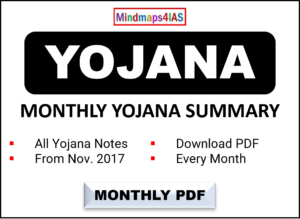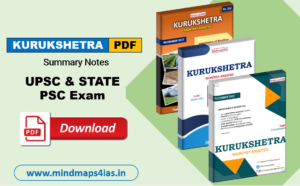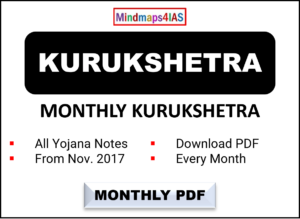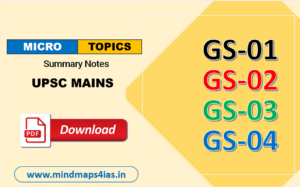Knowledge Booster: Panama Canal
Subject: International Relations & Geography
Relevance: Understanding the geopolitical, economic, and strategic importance of the Panama Canal is crucial for the UPSC CSE, as it highlights international trade routes, global shipping dynamics, and historical events that have shaped world geography—key for all stages of the examination, including prelims, mains, and interviews.
Relevance: Understanding the geopolitical, economic, and strategic importance of the Panama Canal is crucial for the UPSC CSE, as it highlights international trade routes, global shipping dynamics, and historical events that have shaped world geography—key for all stages of the examination, including prelims, mains, and interviews.
Why in the News?
Recently, the administrator of the Panama Canal asserted that the waterway will remain under Panamanian control and accessible to commerce from all nations. This statement countered claims made by President-elect Donald Trump regarding U.S. control over the canal.
Key Takeaways
Administrator’s Statement: Ricaurte Vásquez rejected assertions that China controls canal operations, warning that altering current operational rules could lead to “chaos.”
- Trump’s Remarks: The President-elect criticized transit fees as “ridiculous” and suggested reclaiming U.S. control over the canal, even hinting at military action if necessary.
- Strategic Importance: Completed in 1914, the Panama Canal is one of the two most strategically significant artificial waterways globally, alongside the Suez Canal. It reduces travel distance for ships between the U.S. east and west coasts by 8,000 nautical miles.
- Engineering Marvel: The canal is a complex system featuring locks and elevators to manage elevation differences between the Pacific and Atlantic Oceans.
- Water Supply: The operation of locks requires substantial fresh water, primarily sourced from Lake Gatun through gravity.
History of Panama Canal
- Port of Panama: Historically significant as an international trade hub, its exports evolved from silver and textiles in the 16th century to oil and vehicles today.
- Panama Railroad: Constructed by the USA in the 1850s, it facilitated canal construction after a failed French attempt in the 1880s.
- U.S. Involvement: Under President Theodore Roosevelt, canal construction became a priority amid Colombian internal strife. The U.S. supported Panama’s independence in 1903 after Colombia rejected the Hay-Herrán Treaty.
- 1903 Treaty: This treaty allowed U.S. control over a 10-mile strip for canal construction while excluding major cities from U.S. governance.
- Completion and Costs: The canal was completed in 1914 at a cost of $326 million (nearly double initial estimates), with thousands of lives lost during construction.
Why Did the United States Relinquish Control?
- Contention Over Control: Control disputes led to riots in 1964; negotiations were largely unsuccessful until the late 1970s.
- Carter Administration: Initially opposing a treaty regarding the canal, President Jimmy Carter later signed the Torrijos-Carter Treaties in 1977.
- Treaty Provisions: These treaties allowed U.S. military defense of the canal while establishing a timeline for its transfer to Panama by December 31, 1999.
Beyond the Nugget: Suez Canal
- Overview: The Suez Canal is a 193-km artificial waterway connecting the Red Sea to the Mediterranean Sea, opened on November 17, 1869.
- Significance: It significantly shortens maritime routes between Asia and Europe by up to 7,000 km by eliminating the need to navigate around Africa.
- Congestion Issues: Despite expansions, it remains a major shipping bottleneck; notable incidents include the blockage by the Ever Given in March 2021.
- Historical Conflicts: The Suez Canal was pivotal during both Arab-Israeli wars (1967 and 1973) and was closed from 1967-75.
- Economic Importance for Egypt: The canal generates significant toll revenue crucial for Egypt’s economy.
This comprehensive overview encapsulates essential facts about both canals’ historical significance, geopolitical implications, and their roles in global trade dynamics—key knowledge areas for UPSC aspirants.
















